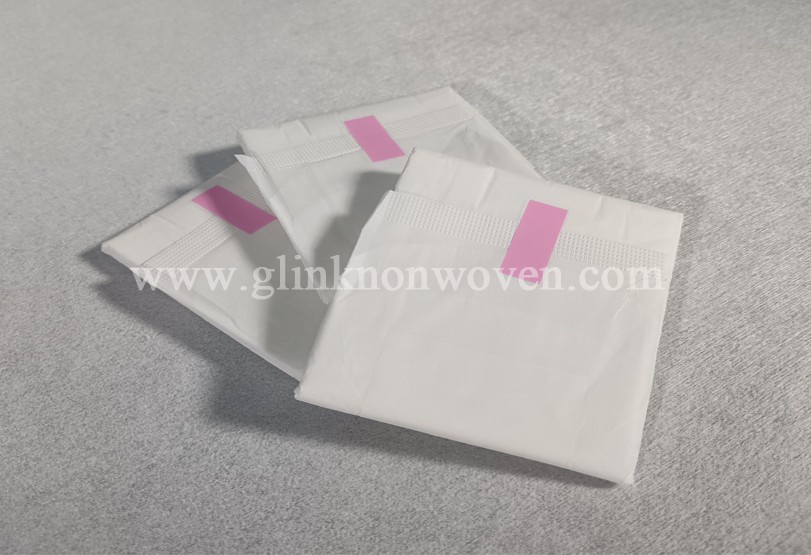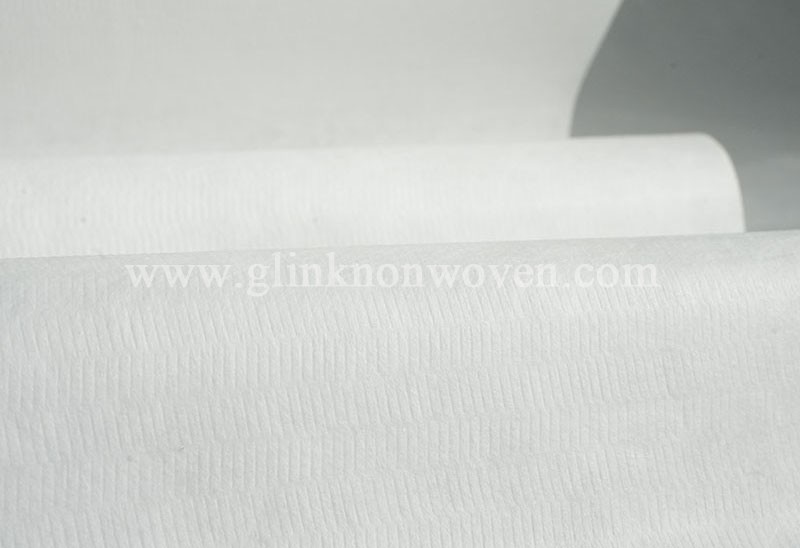What are the characteristics and advantages of spunbond hydrophilic non woven fabric as the raw material of the topsheet layer of sanitary napkins?
May 14, 2025
As the raw material of the topsheet layer of sanitary napkins, spunbond hydrophilic non woven fabric has a series of characteristics and advantages, making it an important choice in the modern hygiene products industry. The following is a detailed description of its characteristics and advantages:
1. Characteristics
Material composition: Spunbond hydrophilic non woven fabric is mainly made of high molecular polymers such as polypropylene (PP) and is made through spinning, stretching, laying nets, bonding and other processes.
Hydrophilicity:
The surface of the hydrophilic non-woven fabric contains hydrophilic groups, which can form a directional hydrophilic adsorption layer on the surface of the non-woven fabric, so that the liquid can quickly wet and spread on the surface of the material.
Structural characteristics:
Spunbond non-woven fabric has the characteristics of high strength and high elongation, which can meet the requirements of sanitary napkins for the mechanical properties of the surface material.
Its fibers are neatly arranged and the pore structure is uniform, which is conducive to the rapid penetration and distribution of liquids.
2. Advantages
Fast absorption and conduction:
Hydrophilic nonwoven fabrics can quickly absorb and conduct body fluids, transfer them to the absorbent core layer below, reduce the amount of body fluid back-seepage, and maintain dryness and comfort when in contact with the skin.
Soft and comfortable:
Spunbond nonwoven fabrics are soft in texture, comfortable to touch, and will not cause irritation or friction damage to the skin.
Good breathability:
The porous structure of nonwoven fabrics is conducive to air circulation, maintaining air circulation inside sanitary napkins, and reducing moisture and stuffiness.
Environmentally friendly and degradable:
Spunbond nonwoven fabrics are mostly made of degradable materials, which are easy to decompose after use and will not pollute the environment.
Cost-effectiveness:
Compared with traditional materials such as pure cotton, spunbond hydrophilic nonwoven fabrics have a higher cost-effectiveness and can meet the needs of large-scale production while reducing production costs.
Wide application areas:
In addition to the surface materials of sanitary napkins, spunbond hydrophilic nonwoven fabrics can also be used in other disposable sanitary products, such as diapers, nursing pads, etc., as well as medical, protection, packaging and other fields.
In summary, spunbond hydrophilic nonwoven fabrics, as the raw material for the surface of sanitary napkins, have the advantages of rapid absorption and conduction, softness and comfort, good breathability, environmental protection and biodegradability, and high cost-effectiveness. These characteristics make spunbond hydrophilic nonwoven fabrics an important choice in the modern sanitary products industry, providing consumers with a more high-quality, comfortable and environmentally friendly sanitary product experience.
If you need to know more details, please click www.glinknonwoven.com
Read More


